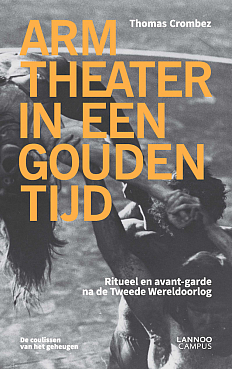|
This era, in which ideological oppositions no longer seems to exist, is dominated by the achievements of the Western model: science and technology. It is the era in which all systems are "compatible," in which an adapter can always be found for every opposition and every irregularity is erased by technology; in which, world-wide, the liberal-capitalist democracy is considered ideal; that is the era of the hegemony of technology, a technology which simulates a reality of its own, outside our physical reality, and which absorbs everything. In this book, visual artists and scientists involved in media art ask themselves the question of how to deal with the hegemony and the repression of, and the liberation by, technology. Their questions are not only directed at the image of reality produced by technology, that is: simulated reality, but also at the moment when our perception changes. The moment when criticism is still possible and we have not yet been absorbed by this simulated reality. It is a book about media art, which is aware of a changed world vision and which manifests these changes in its relationship with the public. Media art, which clearly distinguishes itself from art based on traditional standards, which has so far been shunning this development, but whose "images" are, indeed, being reproduced by the new technologies. Essays- Eric Bolle: Antisocial Scenarios
- Jefrey Shaw: Interactive Digital Structures
- Kristine Stiles: Selected Comments on Destruction Art
- Peter Weibel: New Space in the Electronic Age
- Florian Rötzer: Fascinations, Reactions, Virtual Worlds and other Matter
- Achim Wollscheid: Shifts
- Georges Teyssot with Diller Scofidio: Erasure and Disembodiment
- Gregory Whitehead: Radio Art Le Mômo
- Paul Virilio: The Law of Proximity
| |

